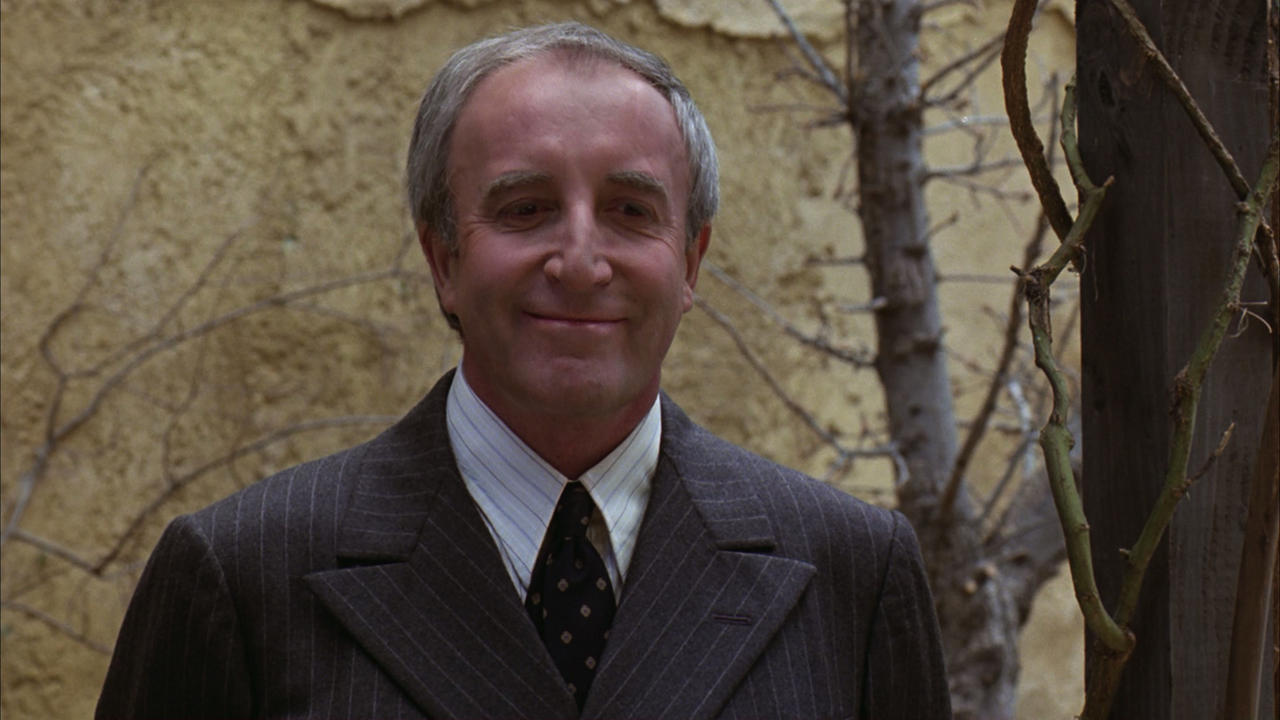
For most film audiences around the globe, the Oscars have been a reliable standard of cinematic quality and analyzing the winners and nominees from the past few ceremonies, it is evident they will remain that way for a long time to come.
The prestige and the inherent glamour of the Oscars, heightened by the parties and the red carpets and the ludicrously blatant propagation of celebrity culture that is the direct result of such proceedings, have made the access of the Oscars far higher in magnitude than other cinematic honors, including the prestigious Cannes Film Festival prize, the Palme d’Or.
But for far too long, and far too often the Oscars have been content with rewarding the popular and the universally well-liked, not only reducing the range of cinema that gets the opportunity of being listed by the Academy as the year’s best, but also ensuring that convention and alarmingly often, mediocrity gets to stand out more than experimental, groundbreaking cinema.
And when all the parading and the orchestrated exposition is done with, mainstream audiences forget the films honored and devout film enthusiasts are glad to see the hoopla around the lesser films and work honored by the Oscars die down, if they even cared for it all in the first place.
But how do the Oscars manage to maintain that long-standing reputation? How do they manage to stay in the conversation years after a particular ceremony, with people holding grudges and celebrating certain victories?
It is because once in a while the Oscars will switch gears and award something akin to “Moonlight”, a coming-of-age story centered on a gay man over something like “La La Land” a traditional musical that became one of the most nominated movies in Academy history, or giving a writing nod to something as dialogue-free as “2001: A Space Odyssey” even as they snubbed that avant-garde masterpiece for the Best Picture gong, or award Juliette Binoche for her tender, understated work in “The English Patient” over the overdue Hollywood icon Lauren Bacall for her inferior, bombastic work in “A Mirror Has Two Faces”. Statistically, they couldn’t be more irrelevant, but at times, their choices reflect a desire to give something that largely remains to be discovered by the mainstream audiences a moment of glory.
And yet, there are multiple instances that do not attract the sort of attention and full-bodies discussion owed to them by audiences years later when cinema from that period is brought up, or worse, many remain oblivious to the fact that despite their apparent conventionality, the Oscars do honor timeless artistic creations.
So here are 10 Oscar nominations no one talks about, either because the films are not brought up any more, or because everyone seems to have forgotten they were ever among the list of nominees.
10. Piero Tosi (The Leopard) – Best Costume Design
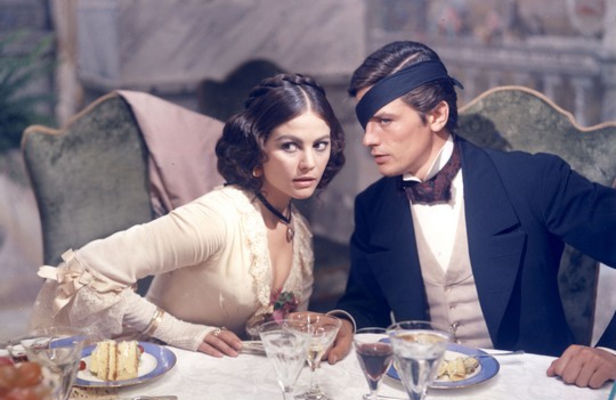
Luchino Visconti’s dazzling 1963 epic offers multiple opportunities to relish, taste, literally bathe in the glory of a time gone by. It knows, like its protagonist to not mourn the departure of a familiar world, but to hold on to its memory, to know its gifts and perils, so that you can welcome those of a new time.
Beautifully pictured and meticulously designed, “The Leopard” benefits from a positive, crisp stylization, that makes it a cut above other period films. It’s not just the richness of the story, the detailed rendition of the characters and their motivations, or even the nuanced delicacy of Visconti’s direction that elevates the film to a longing, saddening mood piece, but the look and the texture that add so many layers to its already sumptuous narrative.
There are visual benefits of the costuming but aside from that, this intricately, carefully, patterned achievement conveys the filmmaker’s thematic intentions with astounding ease. It never feels manufactured, but fleeting, hazy, too beautiful to be true. It never splashes too much color on the screen, but gracefully completes the painting Visconti is attempting to paint.
It is surprising that a film so hugely panned at the time of its release was even on the Academy’s radar, but the film managed to score a well-deserved nod for its beautiful costumes, cementing the idea that when it comes to honoring such accomplished craft, the Academy shouldn’t entirely be discounted.
9. Aki Kaurismäki (A Man Without a Past) – Best Foreign Language Film
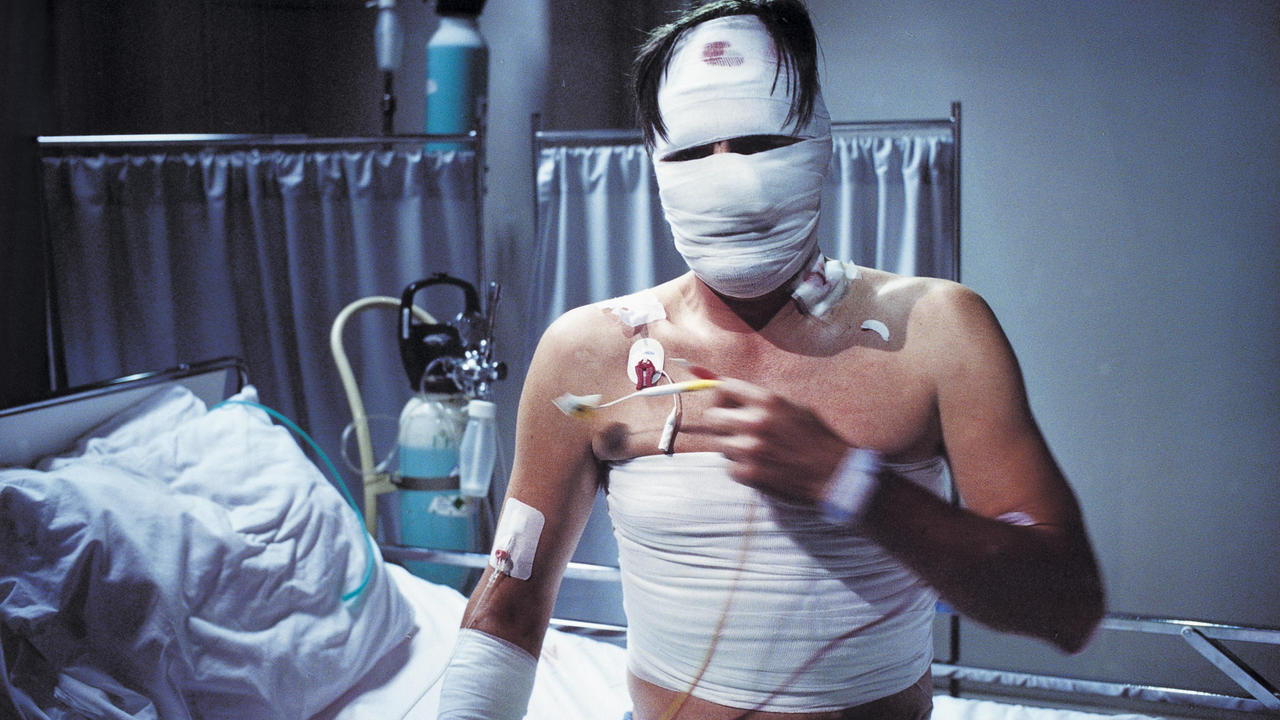
The foreign language film category is as filled to the brim with obscure gems and rarely talked-about masterpieces as it is astonishingly random, including at times, the most ridiculously mediocre cinema from across the globe. The submissions themselves are often to blame here, but even the selections seem to be the result of a deeply flawed mechanism.
So seeing a filmmaker like Finnish genius Aki Kaurismäki awarded here is particularly gratifying considering how few people are aware of his work, which might seem inaccessible to some, but has such depth, wit and serenely heartfelt realization, it’s hard not to be blown away. It’s all the more surprising that he was honored for what is, for all intents and purposes, his most gracefully quiet film.
This should not be taken on face value and used to dismiss the humor or the color in “A Man Without a Past” which is both abundant and pointed, but should be taken as an indication of the film’s somber, deeply moving sincerity. If Visconti’s “The Leopard” is about holding on to the fragments of the past in an attempt to bear the future, Kaurismäki’s masterpiece is a document of how to start again, with the past no longer tangible enough to dictate the future.
Lead actor Markku Peltola helps to drive this point in with a devastating subtlety and an unforgettable knack for comic timing. Kaurismäki’s best film deserves to be seen in larger numbers and its merits discussed with much more ferocity than is normally accorded to them.
8. Peter Sellers (Being There) – Best Actor in a Leading Role
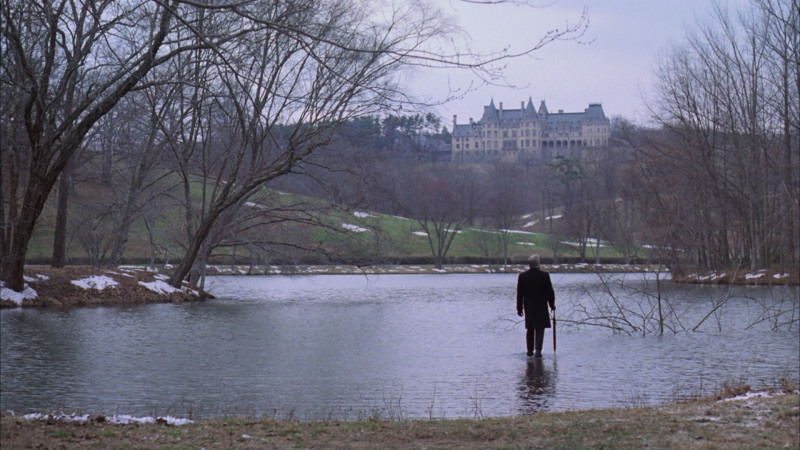
Peter Sellers is undoubtedly one of the funniest people to ever work on film. There was affection in his craft, certainly, but an intellectual sharpness as well, that made it much more poignant, memorable and timeless than the work of other comedians from his generation.
His antics in Kubrick’s “Dr. Strangelove” might be his greatest accomplishment, and he received much well-earned attention for the Pink Panther movies, but his overwhelmingly diligent, witty work in Hal Ashby’s “Being There” is frequently overshadowed by better known films and warrants a closer look by all those who aspire to tackle comedy with an unassailable irony and a boundless sense of objectivity.
About an obscure gardener who has never stepped outside the place he has always worked at, and whose knowledge of the world outside is gathered from television, “Being There” is his adventure in that world as strange things happen to him once he steps out, from being considered a sagacious speaker to being lauded as a valuable economist.
There is a subdued vision at play here and Ashby’s humble style never lets it be ostentatious but patiently builds towards a stunning climax with Seller’s devoted, unbroken charm making his work a whole lot easier.
He disappears into the role of Chance, the gardener or as he is subsequently named, Chauncey Gardiner and every breath he draws seems to be a clue to uncovering the many layers of this simple, mysterious man. Ad yet, he also manages to underline the satire with a sublime edginess that in the end becomes intoxicating and being separated from the incessant joy it is throughout the film is deeply agonizing.
7. Michel Legrand (The Young Girls of Rochefort) – Best Original Score
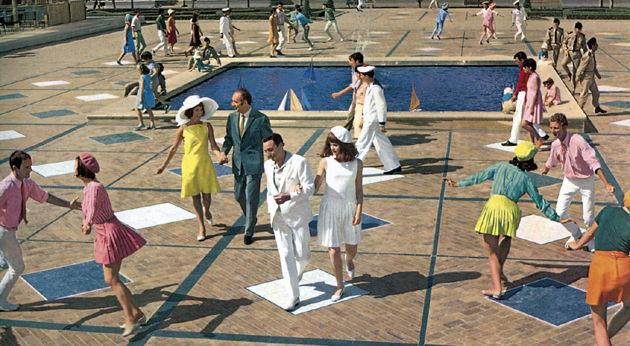
When thought of today, French legend Michel Legrand is always closely associated with the French New Wave directors Jean Luc-Godard and Jacques Demy. He gave a distinctive voice to their bold creations, a voice that was relentlessly humble and dexterously overpowering. He was a big success at the Oscars, winning thrice and being nominated for 13.
But while his swooning, sweepingly saccharine score for “The Umbrellas of Cherbourg” is more well-known, there is undeniable complexity in the staggering multiplicity of his nuanced score for “The Young Girls of Rochefort”, another Demy classic that wouldn’t have gone anywhere without Legrand’s playful, sad, haunting, glorious score.
There is uncertainty, patience, ambition in Legrand’s work here. He doesn’t latch on to a few notes and expand on them till you’re tired and instead goes from jazz to concerto in an alarming speed, managing to infuse excitement, passion and longing with a single piano note.
His singular consistency binds the fluid, transporting film together so intricately, so sensitively, that were it not there, it would very clearly fall apart. There isn’t much to discover in “The Young Girls of Rochefort” except the delicate expression of heartbreak and hope and Legrand’s resolutely eclectic music never fails to ignite the same feelings inside us.
He won Oscars for other films, but should’ve won for both ‘The Umbrellas of Cherbourg” and “The Young Girls of Rochefort”, with the latter being his true masterpiece – vivid, sincere, unabashed and devastating.
6. Helena Bonham Carter (The Wings of the Dove) – Best Actress in a Leading Role
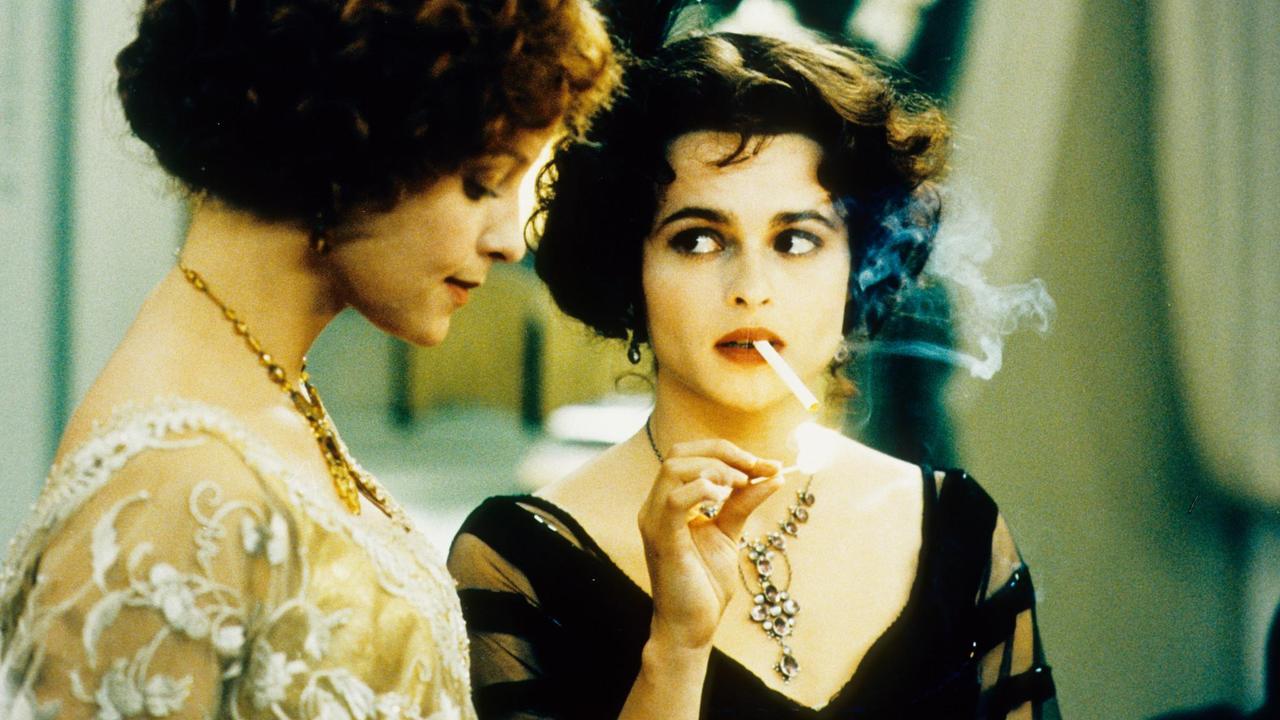
Even though she has one of the most recognizable faces in cinema, it seems like Helena Bonham Carter has always remained on the sidelines. From being a most valuable asset to some outstanding Merchant-Ivory films, to her lovely, sturdy work as the Queen Mother in the King’s Speech, from her fiery, effective characterization of Bellatrix Lestrange in the Harry Potter films, to her equally compelling Mrs. Lovett in “Sweeney Todd: The Demon Barber of Fleet Street”, Bonham Carter has been a character actor with a visibly off-kilter persona who never shies away from her more dangerously eccentric sensibilities.
But she has never quite been at the center of her more popular films, and among the lesser known films she has done is Iain Softley’s “The Wings of the Dove”, an elegantly mounted adaptation of Henry James’s sprawling, meditative novel. Easily her most critically acclaimed performance to date, it provided her with opportunities to sketch a character that is deeply complex, vulnerable and decidedly intelligent.
As she concocts a plan to have her lover seduce their dying rich friend so that they can inherit her fortune, Bonham Carter’s Kate Croy is electrifyingly subversive. Not as sympathetic or even empathetic as she is mysteriously alluring and darkly unsecure, Bonham Carter imbues every bat of her eye with a pulsating vividness and adds layers to an already rich literary character.
It is balletic in its delicacy, but symphonic in its subtlety. She never violently, volubly emotes onscreen or turns into a femme fatale, but gradually embellishes each breath, each sigh with a practical, economical but nonetheless honest understanding. Although the film benefits from a universally stupendous cast, Bonham Carter’s shadowy, shaded work at the center remains its most verifiable quality.